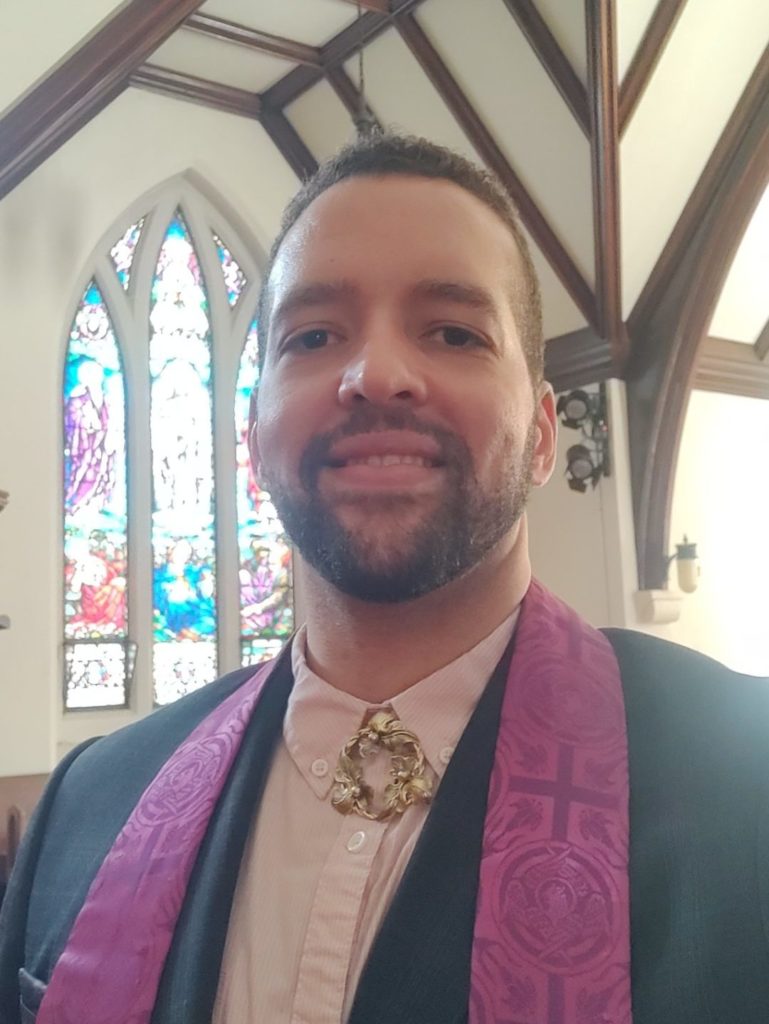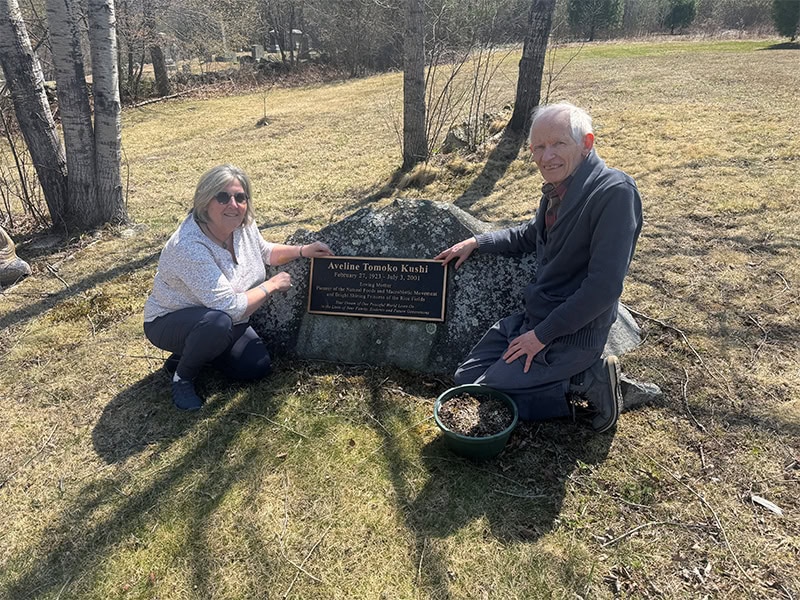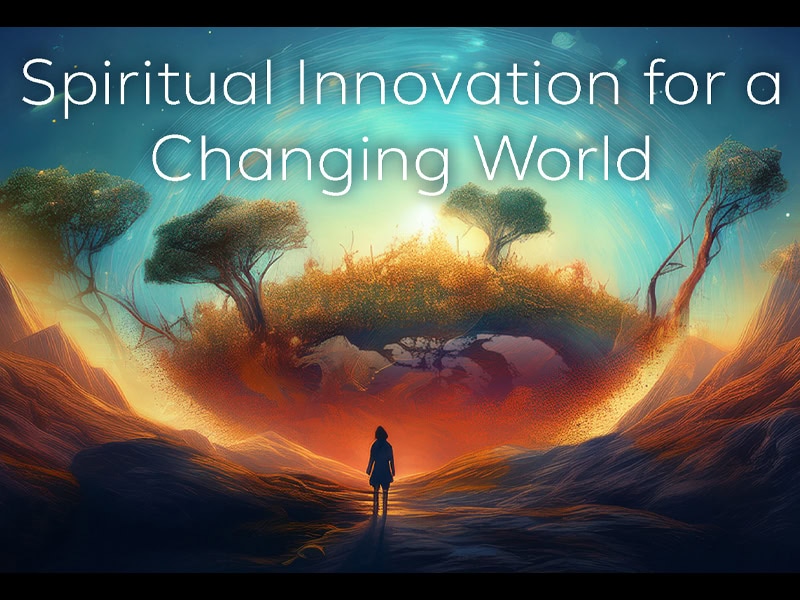Written by Cory Coberforward
The eighteenth-century sage, Emanuel Swedenborg, has greatly influenced many impactful, peerless thinkers and influential progressive radicals (from Immanuel Kant and Helen Keller, to Emerson, Blake, and William James), but he himself is little known to modern history. And although there are countless biographies of the ground-breaking scientist-turned-mystic, there is one important aspect of his history that I think could use a little more exploration and emulation: his spiritual awakening. His deep meditative approach to his quest for the seat of the soul resembles the types of inner inquiry that many ancient and modern sages invite in order to awaken from spiritual slumber, into what a Swedenborgian may coin “angelic flow,” or “Christ-consciousness,” or just plainly, Buddha.
The late Rev. Dr. George Dole told me that he believed that Swedenborg seemed to have a crisis during his attempt to locate where the soul resides during the late part of his impressive scientific career, when he stopped keeping up his scientific notes and seemed to withdraw into what I believe Dr. Dole surmised might have been similar to depression. This evidence, coupled with knowing Swedenborg’s deeply contemplative and meditative approach to exploring his scientific inquiries and developing conclusions, also seems to clearly point to the perfect combination of topic and practice, one that Tibetan Buddhist scriptures and more modern sages like Ramana Maharshi and Mooji emphasize as a key tool for awakening to our true, heavenly selves and our intrinsic knowledge of God. In this way, I believe that it wasn’t just the crisis of his inquiry that possibly helped lead to his well-known visions of God and the spiritual realm, among other powerful personal transformations, but also the line of deep self-reflection itself that his meditative approach would have employed.
In Exodus 3, Moses encounters God in the wilderness as a burning bush near the mountain of God during his own crisis of consciousness. Further, God tells Moses that he is to be called “I am who/that I am.” In this encapsulation, I think we have a good description of the type of meditative inquiry that Swedenborg and other sages, say they employed before awakening. This generally involves taking some time to go to our inner mountain of God through meditation or prayer, sometimes inspired by crisis, and importantly, turning questioningly and reverently to the source of light and love within, the eternal fire that burns with no fuel, the part of life that needs no effort to gather motivation or will. This exploration asks, what and where is this natural spring of the soul, where does our inner light of consciousness and love spring from within? This type of inquiry naturally involves turning our attention away from the field of perception, what we see, hear, think, feel, and turning toward the source of the light of perception itself and the source of spontaneous, intuitive knowledge—the burning bush.
As you might see, we already have a good model for our own personal spiritual inquiry along these lines, seeking “where is the source of consciousness, what is this burning bush within, and where is this seat of the soul?” What we have to keep in mind with this inquiry is that it is not a type of reflection that asks for input from the thinking, over-analytical mind, but one that seeks a lived knowledge through inner experience. We want to truly approach the burning bush reverently, taking off our shoes as Moses did, not with a lab coat, note pad, and a pen, circling the bush. Indeed, this light of consciousness is not dualistically perceptible in the same way that everything else is in our lives, from our changing sense of self and personality to our transient feelings and thoughts, it is the everlasting light of consciousness and wisdom itself, the seat of perception and our lives itself. It is the “I am that I am.”
Swedenborg was asking, “Where is the seat of the soul?” And in so doing in his meditative way, I can only imagine that he explored his inner landscape: “Well, it can’t be this sense of self, as that is perceived by something—what perceives this? What perceives my body’s feelings and form? It is like a dimensionless point or a transparent canvas on which all things fall into perception, but only thanks to the light that it itself provides and then observes as in a mirror.” It is just this type of inquiry that is said to clear the mind, allowing for more detached observations of our thoughts, a less selfish/private sense of self, and open us to the knowledge and growing experience that God him/herself is already within us and is at no true distance from us (Swedenborg believed that spirits and angels were at an appearance of distance from God due to their lived reception of God’s qualities, but not a true distance). Although at first this line of reflection brings us to a space that seems empty and clear like the sky on a mountain at a higher altitude, with clouds of thought passing below, our sages tell us that spending time with this openness and peace at the root of consciousness opens up a realm of experience, love, peace, and joy, unimaginable. As with Moses and the Israelites, coming into a reverent awareness and receptivity toward the burning bush within leads to freedom and salvation from our oppressive mental states. All of this seems to have been true for our favorite mystic, Emanuel Swedenborg.
In his theological writings, Swedenborg explains his belief that it is our deep sense of a self-powered personhood and its accompanying selfishness that are at the root of evil and destructive thoughts and actions. He writes that heaven’s angels are people who have died that know and perceive that everything they have is from God, allowing this centeredness on God’s light of wisdom and love to direct their path while having a deepening sense of an all-connected self in the diversity and unity of heaven and God’s light. It makes sense that the part of our awareness that exists before any thought or even idea of who we are is more fundamentally rooted in the Divine One (known by many names) than anything that falls below it. This rootedness in the conscious light of love and wisdom is so intrinsic to our lives we often miss how empowering coming to know it better can be.
When we’re caught up in our judgmental, ruminating, yearning, and overly analytical mind, we are centering from a place of division and actively identifying with our thoughts, bodies, and idea of self. These meditative inquiries help to bring awareness of something deeper than our always changing thoughts and even our mind’s conviction that it just doesn’t or can’t understand this. Our always stable, perceptive seat of self has no fleeting, shallow opinion about things in the way our minds do, which is why it can be shared between all beings as perceptivity itself, no matter their makeup, heavenly or hellish. And yet, it is the heavenly that is closer to it in appearance and that it more obviously empowers into peace, as the heavenly are open to a lived awareness of this open, loving, peaceful space—the root of all being, the great “I am that is I am.”
Our own sense of “I am” is typically bogged down by a subtle belief that we are a certain form, either mental or physical, historical and limited (“I am this and this and not that”). In Swedenborg’s inquiry of the seat of the soul, he must have quickly known to dispel any notion that we fundamentally are what falls beneath our perception and what is always changeful: such as our idea of ourselves and our bodies. Indeed, his belief in angels and a life after death even before his visions would have informed this as well, and so in this critical reflection he would have moved higher and higher on the mountain of consciousness, striving to discern its highest peak within. And perhaps, as Rev. Dr. George Dole stated, the crisis of not having an answer that can be put into words spurred him on, with our exploration concluding that it was just this space of transcendence of words that woke Swedenborg up to the truth of the transcendent Word and the burning bush at the root of all freedom.
A video version of this message is available on Spiritual Sunshine’s website at SwedenborgianCommunity.org.
Read the full issue of the April 2022 Messenger

Meet Cory Coberforward
Rev. Cory Coberforward is the Swedenborgian minister for the Church of the Good Shepherd in Kitchener, Ontario and Spiritual Sunshine: A Swedenborgian Community Online. Born and raised in the mid-West U.S., he’s enjoying life in community in Canada with his wife Alyssa.



